|
|
||
|
10 March 2024 |
||
|
- 7th Edition of Indian Ocean Conference (IOC)
- PM Matsya Kisan Samridhi Sah-Yojana (PM-MKSSY) launched
- Flue Gas De-sulphurisation (FGD)
- Supplementary Demands for Grants
- Kilkari Programme
- Bharat Ratna
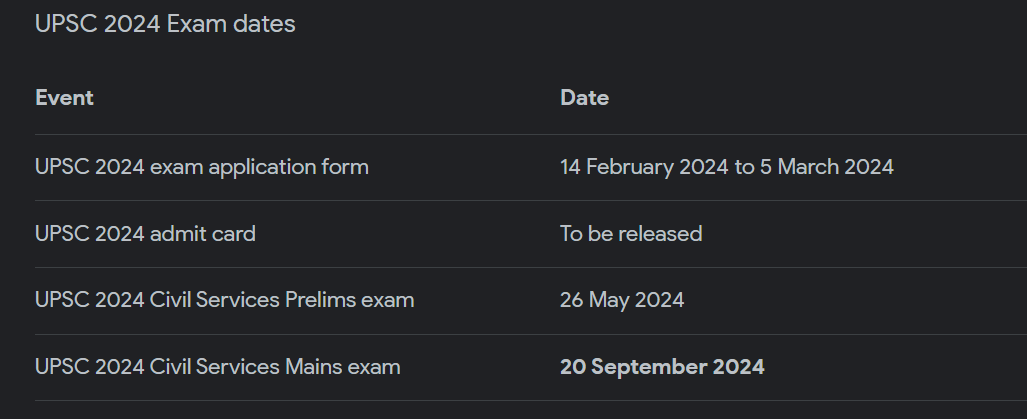
- 7th Edition of Indian Ocean Conference (IOC)
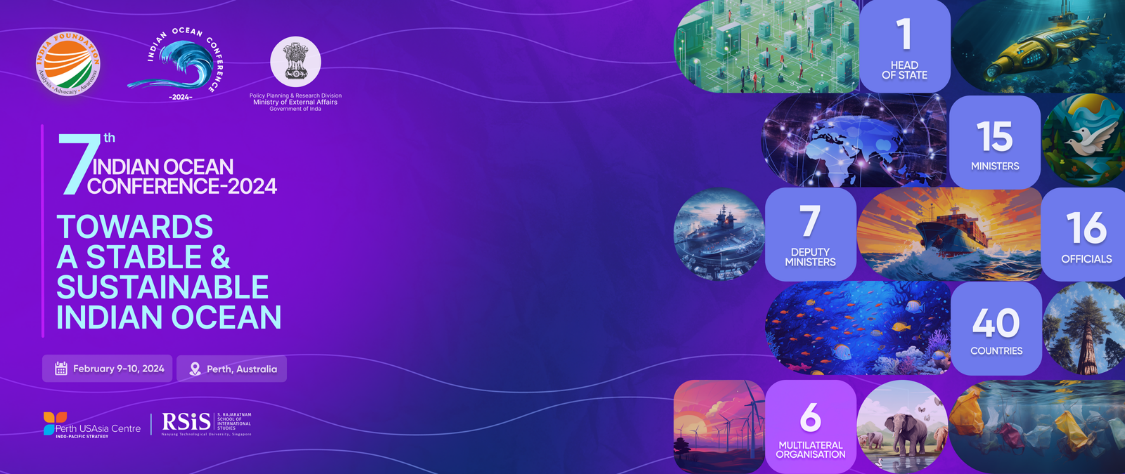
Introduction:
The 7th Edition of the Indian Ocean Conference (IOC) is currently underway in Perth, Australia.
About the Indian Ocean Conference (IOC):
- Initiated in 2016, the Indian Ocean Conference (IOC) serves as a pivotal consultative platform for nations in the Indian Ocean region to address regional concerns collaboratively.
- The inaugural conference took place in Singapore in 2016.
- The organization of this event is overseen by the India Foundation in collaboration with various regional entities.
- The primary objective of the IOC is to convene significant regional states and maritime partners to deliberate on regional cooperation within the framework of Security and Growth for All in the Region (SAGAR).
Understanding SAGAR:
- Introduced by Prime Minister Narendra Modi in 2015 during his visit to Mauritius, SAGAR symbolizes ‘Security and Growth for All in the Region.’
- The initiative is focused on harnessing the potential of the blue economy and fostering strategic alliances with littoral states across Asia and Africa.
- SAGAR seeks to lead transparent capacity-building and capability enhancement efforts, aligning with complementary maritime strategies such as the Act East Policy, Project Mausam, and Blue Economy initiatives.
Notable Remarks by Dignitaries at this Year’s Conference:
- EAM S. Jaishankar addressed the challenges confronting the international rule of law, spanning from the Red Sea to the Indo-Pacific, implicitly referencing actions by China.
- The Australian Foreign Minister emphasized the imperative of reducing conflicts in the region amidst escalating tensions.
- Jaishankar subtly alluded to China’s activities, including troop deployments along the Line of Actual Control and actions in the South China Sea, underlining the importance of adhering to internationally negotiated agreements.
- PM Matsya Kisan Samridhi Sah-Yojana (PM-MKSSY) launched
Introduction:
The Union Cabinet has granted approval to the Pradhan Mantri Matsya Kisan Samridhi Sah-Yojana (PM-MKSSY), a subsidiary scheme falling under the Pradhan Mantri Matsya Sampada Yojana, aimed at supporting micro and small enterprises operating within the fisheries sector.
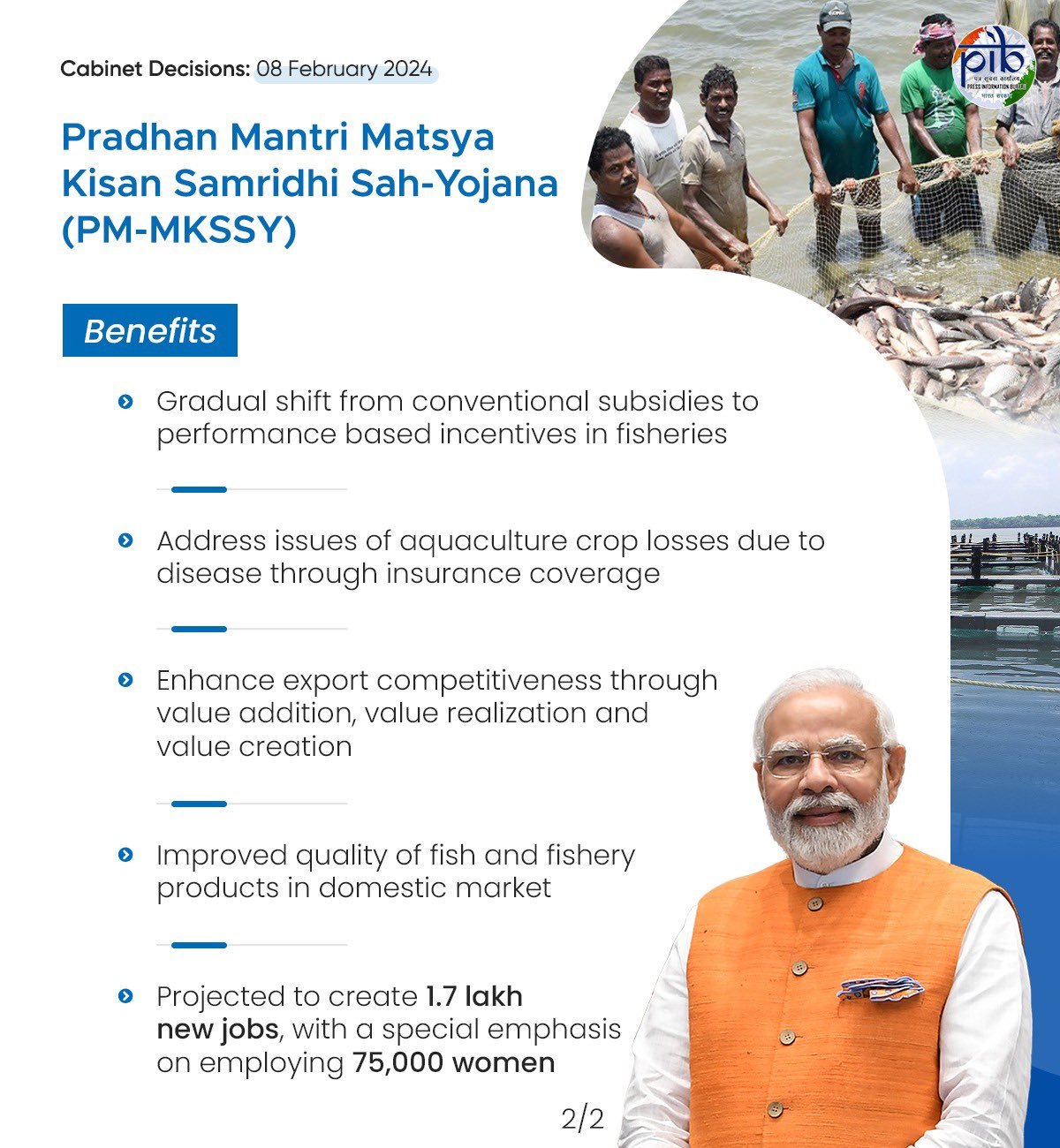
Key Details:
- Total Investment: Rs. 6,000 crores
- Duration: 4 years (FY 2023-24 to FY 2026-27)
- Funding Model: A balanced allocation of 50% public finance (Rs. 3,000 crore, inclusive of contributions from the World Bank and AFD) and 50% from beneficiaries/private sector (Rs. 3,000 crore)
- Implementation Scope: Encompassing all States and Union Territories in India
Target Beneficiaries:
- Fishers, aquaculture farmers, fish workers, and vendors
- Micro and small enterprises, Self-Help Groups (SHGs), Fish Farmers Producer Organizations (FFPOs), and startups involved in fisheries and aquaculture
Employment Generation:
– Expected creation of 1.7 lakh new jobs
– Special focus on engaging 75,000 women in the sector
Major Components:
– Formalization of the fisheries sector
– Adoption of aquaculture insurance
– Support for microenterprises
– Adoption and expansion of safety and quality assurance systems
Digital Platform:
– Introduction of the National Fisheries Digital Platform benefiting 40 lakh small and micro-enterprises
Insurance Incentive:
– Provision of a one-time incentive for acquiring aquaculture insurance, covering at least 1 lakh hectare of aquaculture farms
Performance Grants:
- Microenterprise grants capped at 25% of the total investment or Rs. 35 lakhs (whichever is lower) for the general category
- Up to 35% or Rs. 45 lakhs for enterprises owned by Scheduled Castes (SC), Scheduled Tribes (ST), and women
- Grants for Village Level Organizations and Federations up to 35% of the total investment or Rs. 200 lakhs
Background Achievements:
- Notable increases in fish production by 79.66 lakh tonnes
- Rise in shrimp production from 3.22 lakh tonnes to 11.84 lakh tonnes
- Growth in shrimp exports from Rs. 19,368 crores to Rs. 43,135 crores
- Creation of employment and livelihood opportunities for approximately 63 lakh fishers and fish farmers
Challenges Addressed:
- Formalization of the informal sector within fisheries
- Mitigation of crop risks
- Enhanced access to institutional credit
- Improvement in the safety and quality standards of fish sold by micro and small enterprises
- Flue Gas De-sulphurisation (FGD)
Context
The recent announcement by the Minister of Power and New & Renewable Energy regarding the implementation of Flue Gas Desulfurization (FGD) equipment in thermal power plants signifies a pivotal step towards ensuring compliance with emission standards.
Across India, thermal power plants are mandated to adhere to emission norms established by the Ministry of Environment, Forest and Climate Change (MoEF&CC) and directives issued by the Central Pollution Control Board (CPCB).
- A Flue Gas Desulphurisation (FGD) system is a pollution control system that aims at decreasingthe exhaust of harmful SO2 to permissible limits. In many coal based power plants and industrial boilers, as a result of pet coke (or other forms of coal) burning, a residual Sulphur Dioxide SO2 is produced which is very harmful for the environment. As a result, Govt. Of India has set up a permissible limit for SO2 exhaust which is achieved by using a Flue Gas Desulphurisation (FGD) system.
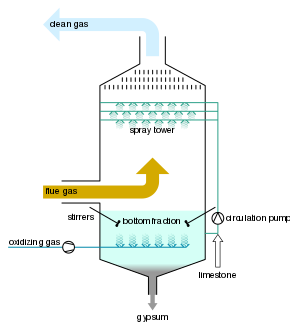
In line with the notification dated September 5, 2022, from the MoEF&CC, thermal power plants in the eastern region, encompassing states such as Bihar, West Bengal, Odisha, Assam, and Jharkhand, are actively upgrading and installing emission control equipment.
The primary objective behind the installation of FGD equipment is to mitigate Sulphur dioxide (SO2) emissions, thereby aligning with regulatory requirements.
The timeline for FGD installation is categorized as follows:
- Category A: Plants within a 10 km radius of the National Capital Region (NCR) or cities with a population exceeding one million must complete installation by December 31, 2024.
- Category B: Plants situated within a 10 km radius of Critically Polluted Areas or Non-attainment cities are required to install FGD equipment by December 31, 2025.
- Category C: Remaining plants are mandated to complete FGD installation by December 31, 2026.
- FGD methods are integral for environmental compliance, particularly in reducing sulfur dioxide emissions from power plants and industrial processes.
- The choice of FGD method is contingent upon various factors including fuel type, plant size, and environmental constraints.
- Ongoing research endeavors aim to bolster FGD efficiency and cost-effectiveness to ensure sustainable sulfur dioxide emission control.
Various FGD methods are available, each catering to specific operational requirements:
- Wet scrubbing: This method utilizes alkaline sorbents in a slurry to react with sulfur dioxide in flue gases, effectively removing it at a relatively low cost.
- Spray-dry scrubbing: Sorbent slurry is atomized into fine droplets, facilitating sulfur dioxide removal in the gas phase; this method is suitable for environments with space limitations or water constraints.
- Wet sulfuric acid process: It enables the recovery of sulfur from flue gases as commercial-quality sulfuric acid, offering an efficient approach to sulfur removal.
- SNOX Flue gas desulfurization: Integrating selective catalytic reduction (SCR) for NOx removal with wet scrubbing for SO2 removal, this method provides comprehensive pollution control.
- Dry sorbent injection systems: These systems introduce powdered sorbent materials directly into exhaust ducts to eliminate SO2 and SO3 from emissions, often employed for cost-effective retrofitting purposes.
- Supplementary Demands for Grants
Context:
- In the recent session of the Lok Sabha, Finance Minister Nirmala Sitharaman presented the second installment of supplementary demands for grants for the fiscal year 2023-24.
- The government has sought approval for a net increase in expenditure amounting to ₹78,673 crore for the current fiscal period.
- These supplementary demands for grants encompass additional spending exceeding ₹2 lakh crore, which will be balanced by savings totaling over ₹1.21 lakh crore.
- Outlined in the document presented in the Lok Sabha, the proposal signifies a net cash outflow totaling ₹78,672.92 crore.
- This move is in line with the constitutional provisions laid out in Article 115, which delineates the parliamentary oversight of supplementary, additional, or excess grants, ensuring accountability and transparency in financial allocations.
- Furthermore, Article 116 delineates the parliamentary process for votes on account, votes of credit, and exceptional grants, ensuring adherence to constitutional principles and procedural consistency.
- Supplementary demands for grants are necessitated when the allocated funds for a particular service in the current financial year prove to be inadequate.
- These demands, essential for ensuring adequate funding for necessary expenditures, are presented and passed by Parliament before the conclusion of the financial year.
Apart from supplementary demands for grants, various other types of grants serve specific purposes within the fiscal framework:
1. Additional Grant: Aimed at addressing funding requirements for new services not originally budgeted for in the current fiscal year.
2. Excess Grant: Designed to cover situations where actual expenditure surpasses the allocated budget for a specific service during the financial year. Before being voted on by the Lok Sabha, excess grants must first undergo scrutiny and approval by the Public Accounts Committee of Parliament.
3. Vote of Credit: Tailored to cater to unforeseen demands on India’s resources, this grant offers a flexible funding mechanism for urgent needs. Essentially, it acts as a blank check given by the Lok Sabha to the Executive to meet unpredictable expenses.
4. Exceptional Grant: Allocated for special purposes unrelated to the regular services of the fiscal year, often addressing unique or extraordinary circumstances.
5. Token Grant: Facilitates the funding of new services through the reappropriation of existing funds. Typically, a nominal sum (e.g., Re 1) is allocated, and its approval by the Lok Sabha enables the availability of funds for the intended service.
These grants and credit mechanisms are regulated by procedures akin to those applied to regular budgetary processes, ensuring consistency and adherence to constitutional principles.
- Kilkari Programme
Context:
Recently, the Union Ministers of State for Health and Family Welfare inaugurated the Kilkari program virtually, tailored for beneficiaries in local dialects in Gujarat and Maharashtra.
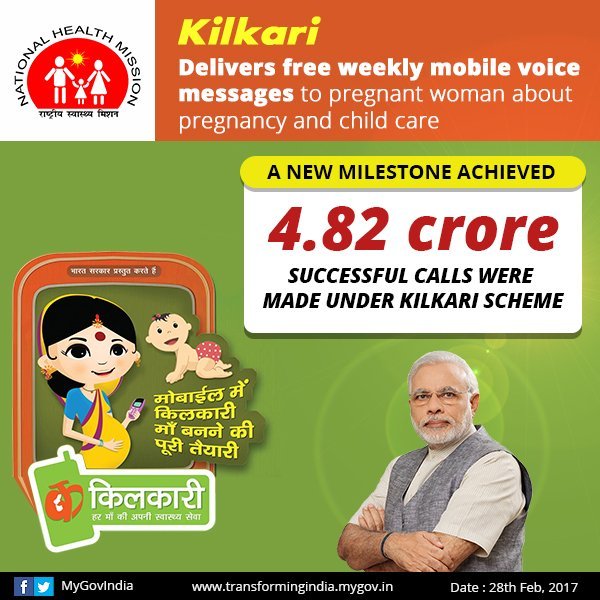
Key Points about the Kilkari Programme:
- The Kilkari initiative is a mobile health (m-health) endeavor aimed at offering complimentary weekly audio messages to new and expecting mothers.
- These messages furnish essential information concerning pregnancy, childbirth, and childcare.
- Initially introduced on 15th January 2016, the program was launched as part of the Digital India campaign, focusing on supporting new and expecting mothers.
- The program is accessible in six languages, namely Hindi, Bhojpuri, Oriya, Assamese, Bengali, and Telugu.
- Presently, it operates in 18 states and Union Territories, with another nine states in the process of joining.
- Additionally, the initiative offers a no-cost audio training course for Accredited Social Health Activists (ASHAs).
- BHARAT RATNA
Context:
The recent announcement by the Centre to confer the Bharat Ratna, India’s highest civilian award, upon former Prime Ministers PV Narasimha Rao and Chaudhary Charan Singh, alongside agricultural scientist MS Swaminathan, underscores the recognition of exceptional contributions in their respective fields.
This decision, following the earlier announcement of Karpoori Thakur and Lal Krishna Advani as awardees, highlights the diverse spectrum of individuals honored for their outstanding service and performance.
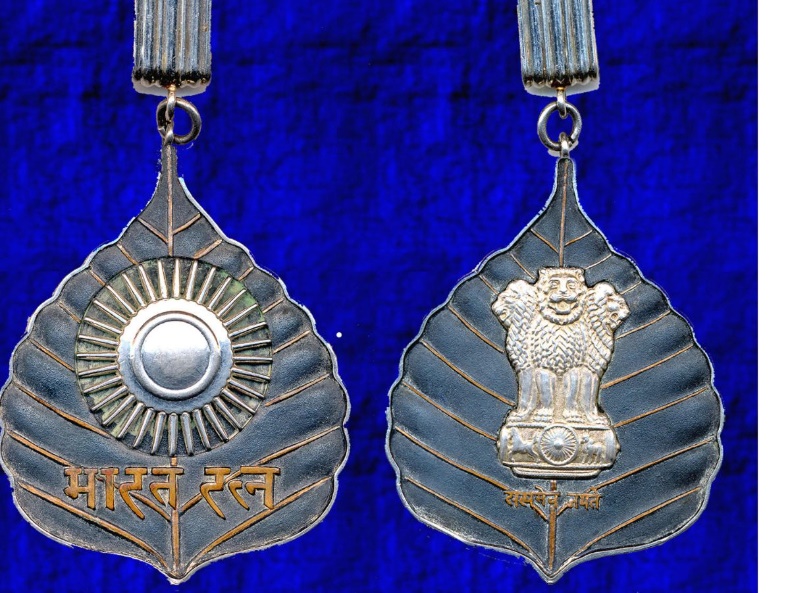
About it:
- The Bharat Ratna, established on 2 January 1954, symbolizes the nation’s appreciation for extraordinary achievements across various domains, irrespective of factors such as race, occupation, position, or gender.
- Originally focused on arts, literature, science, and public services, the criteria were expanded in December 2011 to encompass achievements in any field of human endeavor.
- Recommendations for the award are made by the Prime Minister and approved by the President, culminating in the conferral of a Sanad (certificate) signed by the President and a distinctive peepal leaf-shaped medallion, without any monetary grant.
- Notably, the Bharat Ratna recipients occupy a prominent place in the Indian order of precedence, with the recent additions continuing a legacy that began in 1954 with luminaries such as C. Rajagopalachari, Sarvepalli Radhakrishnan, and C. V. Raman.
- Over the years, the award has been bestowed upon 53 individuals, including notable posthumous recipients, with amendments made in January 1966 to allow posthumous awards, as exemplified by former Prime Minister Lal Bahadur Shastri.
The recipients of the Bharat Ratna in 2024 represent a diverse range of fields and contributions:
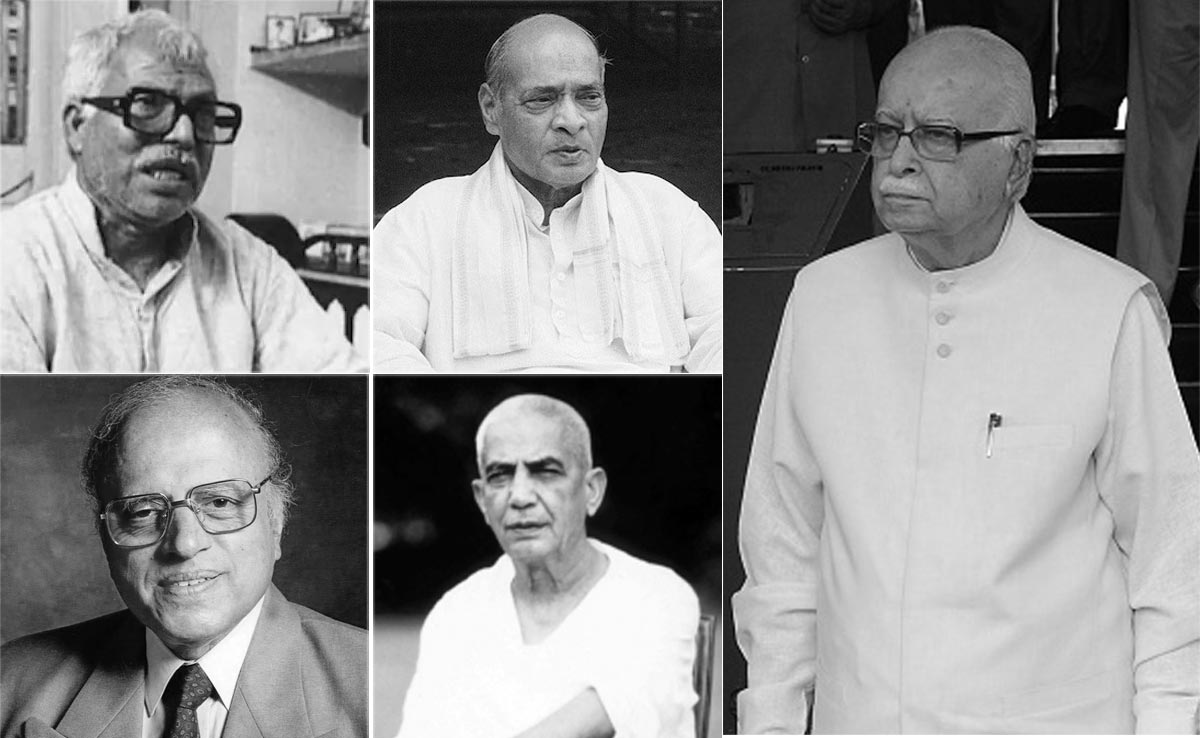

Karpoori Thakur (Posthumous): A stalwart in Indian politics and former Chief Minister of Bihar, Thakur championed social justice, earning the moniker of ‘Jan Nayak’ (people’s leader).
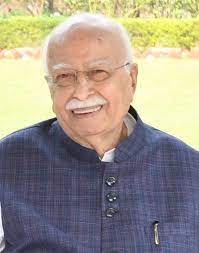
Lal Krishna Advani: A significant figure in Indian politics and a key architect of the Bharatiya Janata Party (BJP), Advani’s tenure as home minister and deputy Prime Minister underscored his enduring commitment to conservative values.
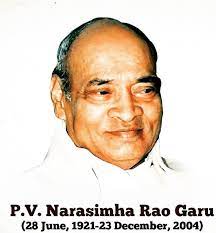
Pamulaparthi Venkata Narasimha Rao (Posthumous): As the 9th Prime Minister of India, Rao’s leadership during significant economic reforms marked a pivotal juncture in India’s economic trajectory.
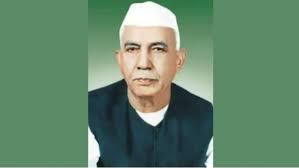
Chaudhary Charan Singh (Posthumous): A prominent advocate for farmers’ rights and rural development, Singh’s legacy continues to influence agricultural policies and discussions in India.
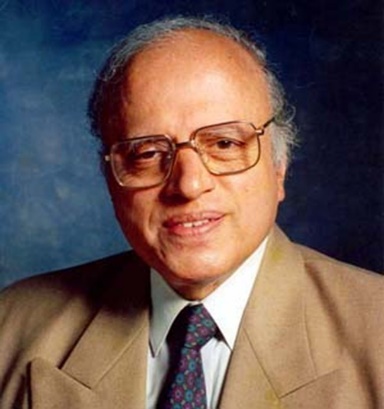
Mankombu Sambasivan Swaminathan (Posthumous): Known as the ‘Father of the Green Revolution’, Dr. Swaminathan’s pioneering contributions in agricultural science propelled India towards self-reliance and prosperity, leaving an enduring impact on global agriculture.
These individuals, through their exemplary contributions, have left an indelible mark on the nation’s development, embodying the spirit of the Bharat Ratna and inspiring generations to come.


